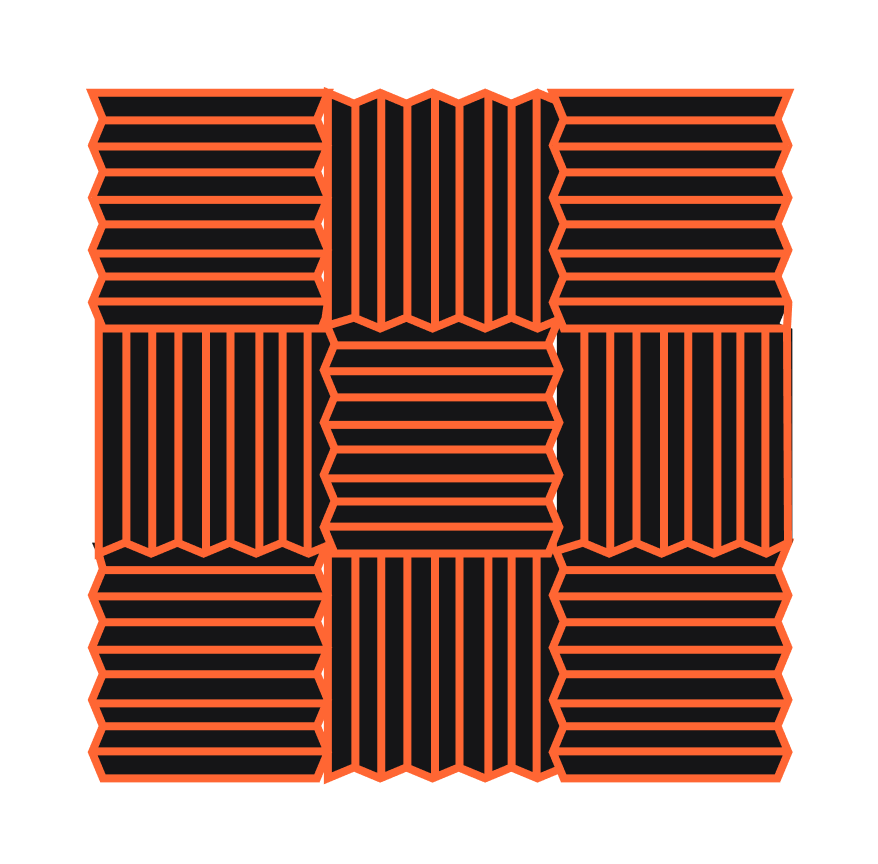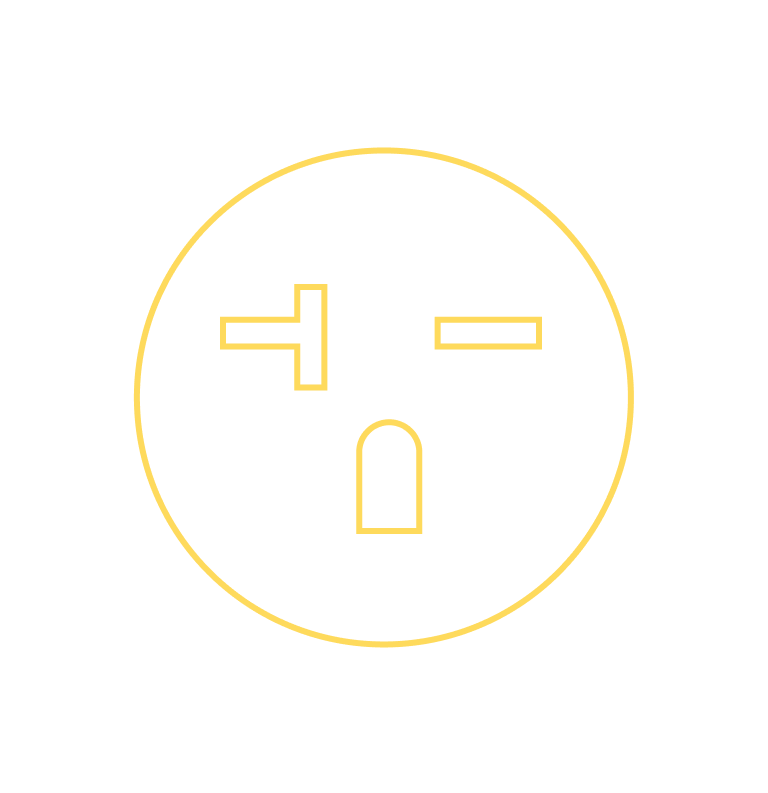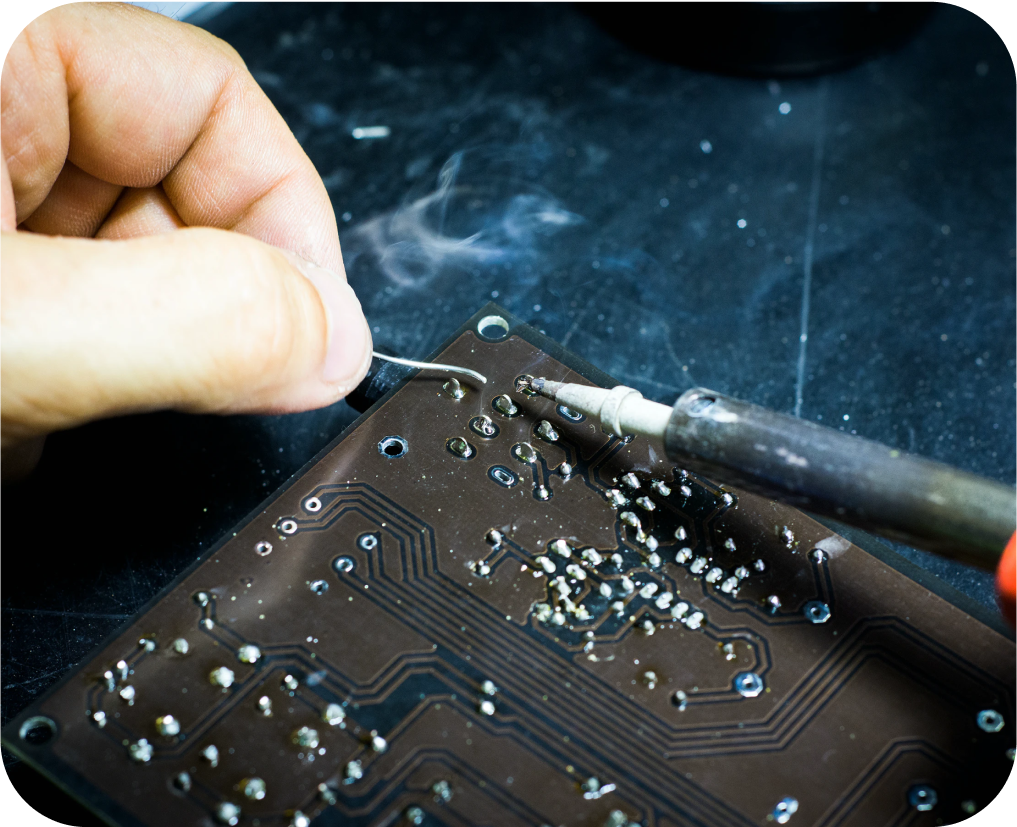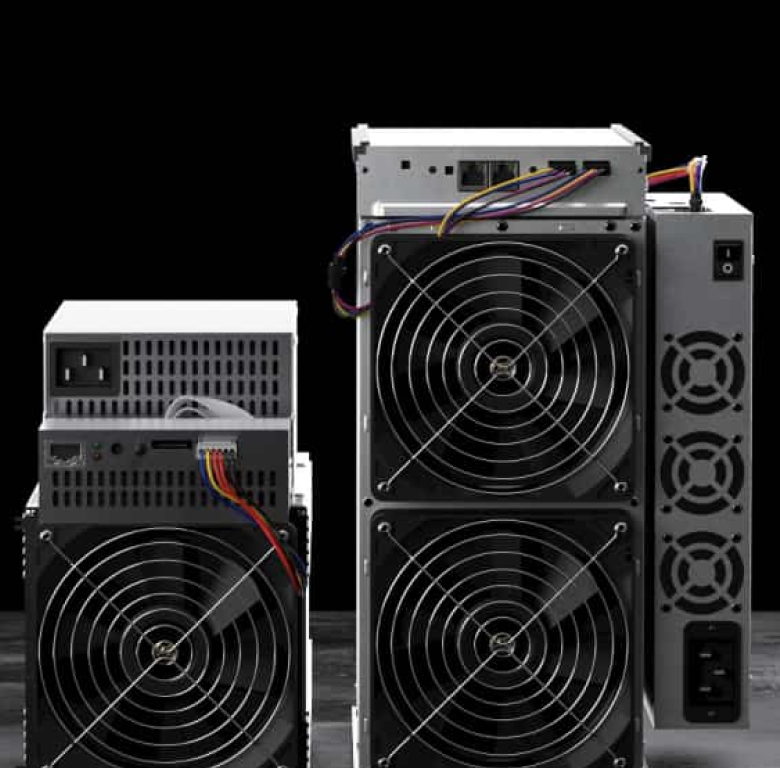Compass Guide
Home Mining


A comprehensive guide which talks about what you can expect when installing your new miner.
Home Mining Guide
The Home Mining Guide is a guide full of information to help you prepare for the arrival of your home mining machine. This will help you understand the electricity and network requirements as well as tips and tricks to managing heat and noise. When your miner arrives you can use this guide to set up the machine and begin hashing.
We recommend all customers read this document prior to the arrival of their machine as it will ensure they understand the mining process. The PDF document can be downloaded and reviewed below.
Prepare Your Home
Here are some things to check beforehand and ways to get your home ready for your miner.
Noise Management
Bitcoin mining isn't a quiet activity. ASICs are loud.
A typical ASIC's noise levels range between 50 DB and 75 DB, or a noise level similar to a food blender or a loud vacuum.
Preparing an at-home mining operation with robust noise cancellation or noise control materials is essential. Noise management strategies can vary from installing ASICs in a remote outbuilding to installing acoustic foam panels to placing ASICs in insulated portable coolers with exhaust ports.


Power Supply
Bitcoin mining needs a lot of reliable power.
Mining at home typically requires a 220 to 240 volt connection. The typical American household outlet, for comparison, is 110 V with the exception of outlets for electric dryers and ovens. The cost of installing a 220 V outlet is typically a few hundred dollars.
For miners without 220 V outlets, ASIC manufacturers like Bitmain sell power supply units (PSUs) for their machines. The APW3++ PSU, for example, has an input voltage range of 100 to 240 V. Decreasing the power supplied to an ASIC also decreases its hashrate.
Cooling System
Beside noise, heat is the primary byproduct of mining. Preparing a reliable cooling system for ASICs is essential to a profitable mining operation and better ensures a longer lifespan for mining machines.
Most at-home miners use air-cooled systems consisting of everything from large fans circulating air in the mining room(s) to flexible exhaust ducts attached to the fans of each ASIC. Some miners even direct the heat exhaust to warm pools and baths.
Immersion cooling is an alternative strategy that requires a more complex buildout, but some at-home miners have built their own immersion systems to replace air cooling.

Joining a Pool
After noise, power, and cooling are addressed, the final steps for at-home mining involve simply plugging in the machine and joining a pool.
The process of joining a pool is short and simple:
Choose which pool you want to join.
Learn More
Input the Stratum addresses of the pool to your mining software.
Connect a wallet that will receive pool payouts.
Configure your machines to the chosen pool.
All the information needed to join a pool will be provided by the pool's team.
Maintenance
Sometimes Bitcoin ASICs break. Maintaining and repairing machines eventually becomes a consideration for every miner.
If a machine is still under the manufacturer's warranty, at-home miners should have an easy time finding licensed ASIC repair services.
If a machine's warranty has expired, miners can choose between contacting ASIC repair services or crowdsourcing repair instructions and tips from Reddit, YouTube, and other social media platforms where other at-home miners frequently post repair videos, tutorials, and experiences.

It's time for everyone to be able to mine bitcoin again.
Shop Mining Hardware
